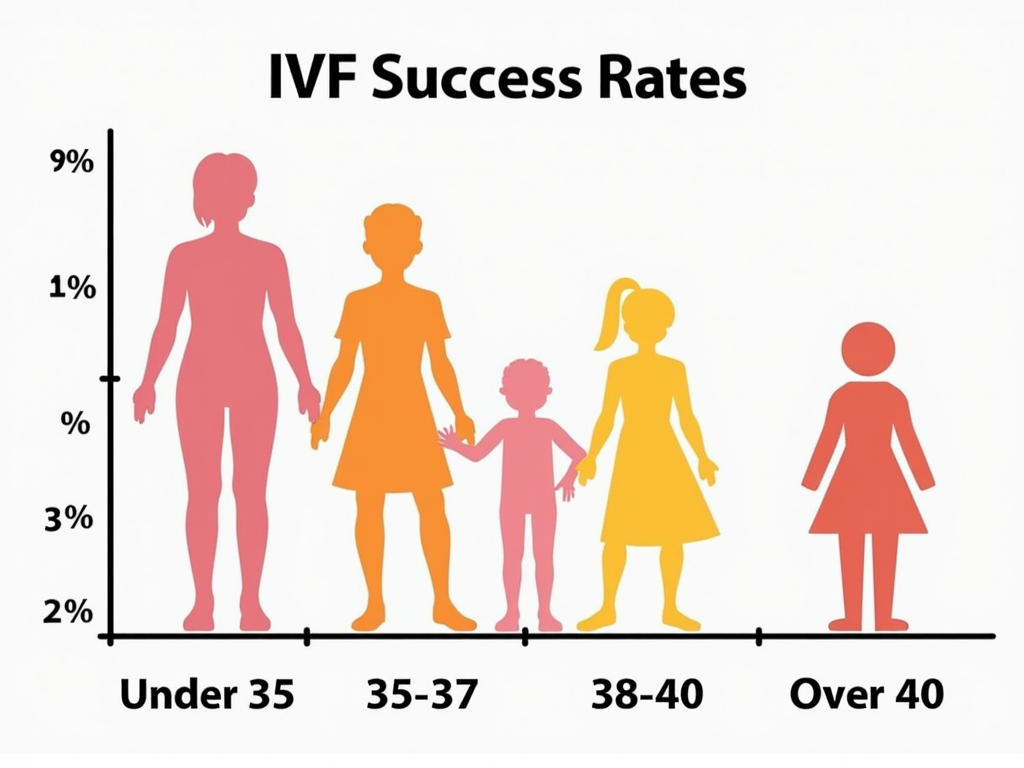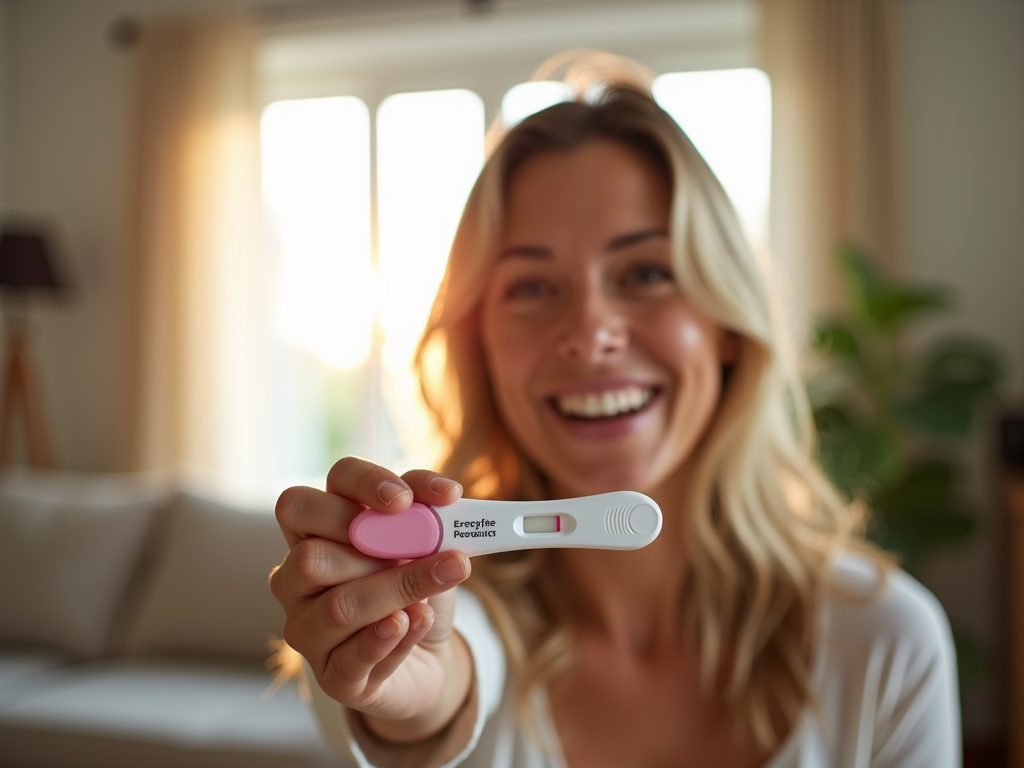Pregnancy After Ovarian Stimulation: What to Expect
May 11, 2025, 5:23 p.m.
Ovarian stimulation is a fertility treatment that boosts egg production to help women get pregnant. This article dives into what happens after ovarian stimulation, covering the steps, success rates, and real-life stories. Whether you're exploring this option or already on the journey, here's what you need to know.
What Is Ovarian Stimulation?
Ovarian stimulation is a big part of fertility treatments like in vitro fertilization (IVF). It uses medications to push the ovaries to make multiple eggs in one cycle. Normally, your body releases just one egg each month. With ovarian stimulation, the goal is to increase that number for a better shot at pregnancy.
Doctors use injectable hormones, like follicle-stimulating hormone (FSH), to get the ovaries going. These hormones help grow follicles—tiny sacs in the ovaries that hold eggs. In IVF, those eggs are collected and fertilized in a lab. For other treatments, they might be used naturally.

How Does Ovarian Stimulation Work?
The process kicks off early in your menstrual cycle—usually day two or three. You’ll give yourself daily shots for about 8 to 14 days. How long depends on how your ovaries respond. During this time, you’ll visit the clinic for ultrasounds and blood tests to check follicle growth and hormone levels.
When the follicles are ready, you get a trigger shot to release the eggs. In IVF, a doctor retrieves them with a quick procedure. Those eggs are fertilized in a lab, and the embryos go back into your uterus. For treatments like intrauterine insemination (IUI), the eggs stay in your body for natural fertilization.
Success Rates of Pregnancy After Ovarian Stimulation
How likely is pregnancy after ovarian stimulation? It depends on your age, health, and the treatment. The American Society for Reproductive Medicine says IVF success rates, which often include ovarian stimulation, hit about 40% for women under 35. Over 40, that drops to around 10%.
Success isn’t guaranteed. It hinges on egg quality, sperm health, and how well your uterus welcomes an embryo. Still, ovarian stimulation gives many women struggling with infertility a real chance.

Risks and Side Effects
Ovarian stimulation is mostly safe, but it’s not without hiccups. You might feel bloated, moody, or sore where the needle goes in. A rare issue is ovarian hyperstimulation syndrome (OHSS), where the ovaries swell up and hurt. The Mayo Clinic notes OHSS hits 1% to 5% of women doing this.
Another thing to watch? Multiple pregnancies. More eggs mean a higher chance of twins or more, which can make pregnancy trickier. Talk to your doctor about what to expect.
Real Stories: Pregnancy After Ovarian Stimulation
What’s it really like? Sarah, 32, had a tough road with infertility. After two rounds of ovarian stimulation and IVF, she welcomed a baby girl. “It was exhausting—shots every day, endless appointments—but seeing that positive test made it all worth it,” she says.
Emily, 38, had a different path. Three IVF tries didn’t work. “I was crushed,” she admits. “I took a break to recharge and now I’m looking at adoption. It’s not over yet.”
These experiences show the ups and downs. Some find joy, others face hurdles. Either way, support from loved ones and doctors helps a ton.

Tips to Boost Your Chances
Want to improve your odds of pregnancy after ovarian stimulation? Try these:
- Stick to the plan: Take your meds on time and don’t skip checkups.
- Live healthy: Eat well, move a little, and ditch smoking or heavy drinking.
- Chill out: Stress is rough during fertility treatment. Yoga or talking to someone can help.
- Try acupuncture: Some research, like from the University of Maryland, suggests it might boost IVF success by improving blood flow.
- Ask questions: Knowing what’s happening keeps you in the driver’s seat.

Summary
Pregnancy after ovarian stimulation offers hope for those facing infertility. It’s a process with steps, risks, and real rewards—though success varies by age and health. From shots to stories, this journey is unique for everyone. Stay informed, take care of yourself, and lean on support to make it through.
Want to dig deeper? Check out the recommended readings below for more on fertility treatments and beyond.